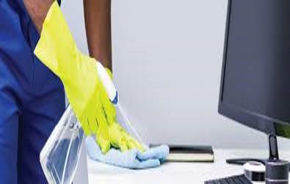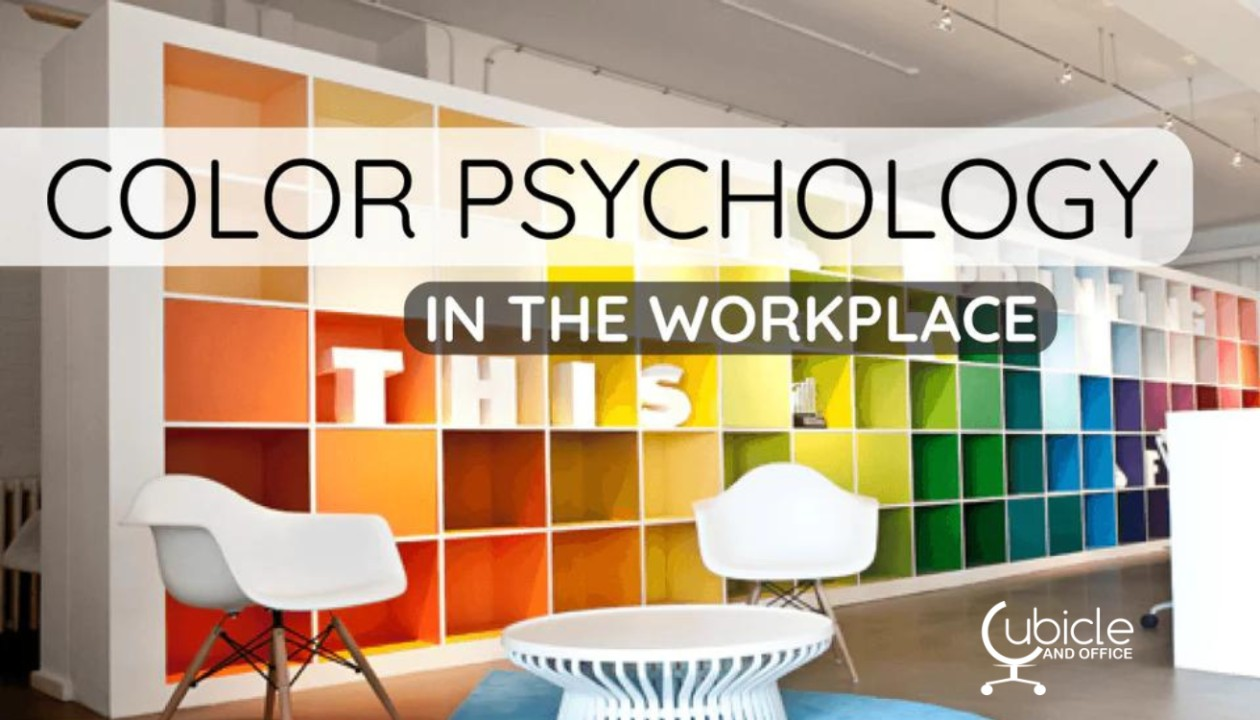4 mins read//
In the world of office design, color holds tremendous power. The strategic use of colors in your workspace can have a profound impact on employee mood, behavior, and overall well-being. By harnessing the psychology of colors, you can create a vibrant and stimulating workplace that fosters creativity, productivity, and employee satisfaction. Let's delve into the transformative effects of colors in office design and explore how to create a dynamic and inspiring workspace.
The Psychology of Colors
Colors evoke emotions, influence moods, and shape our perceptions. Understanding the psychology behind colors is key to utilizing them effectively in office design. Here are some popular colors and their associated effects:

Blue: Known for its calming and soothing qualities, blue promotes a sense of tranquility and productivity. It is ideal for environments that require focus and concentration, such as creative studios or quiet work areas.

Green: Symbolizing growth, harmony, and balance, green has a refreshing and calming effect. It is particularly beneficial in reducing stress and increasing overall well-being. Incorporating natural elements and plants in the office design can further enhance the positive impact of green.
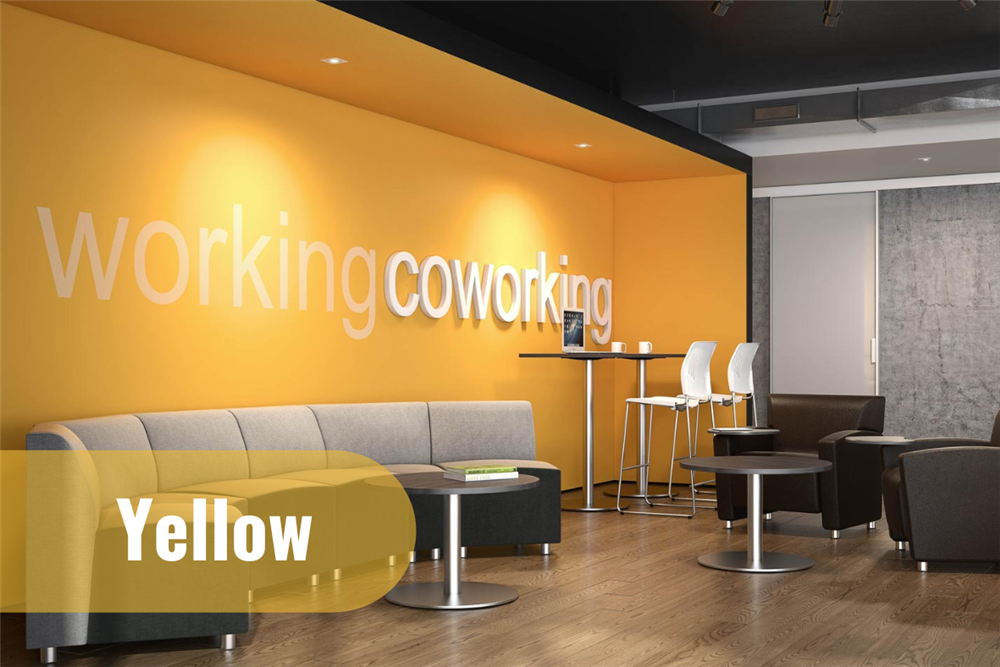
Yellow: The color of optimism and energy, yellow stimulates creativity and innovation. It can invigorate employees and create a sense of positivity and enthusiasm. However, it's important to use yellow in moderation, as excessive exposure to bright shades may lead to fatigue or irritability.
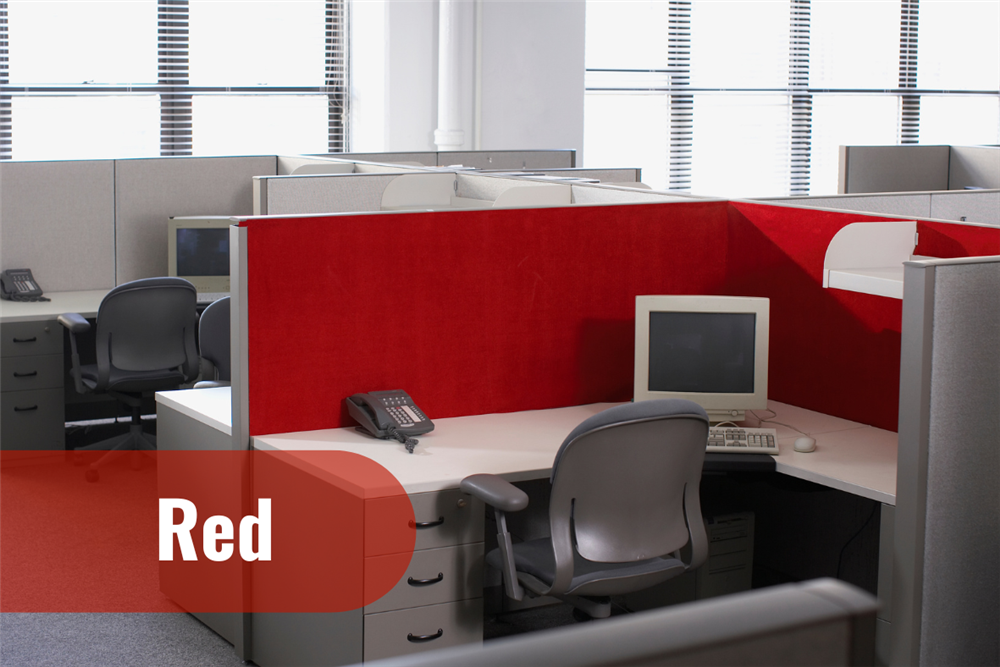
Red: A powerful color associated with passion and energy, red can evoke strong emotions and increase heart rate. It is best used in areas that require physical activity or to create a sense of urgency.

Purple: Symbolizing luxury, creativity, and spirituality, purple is a unique color that adds a touch of sophistication to any workspace. It can inspire imagination and encourage innovative thinking. Incorporate purple accents or accessories to create a sense of elegance and stimulate creative thoughts.
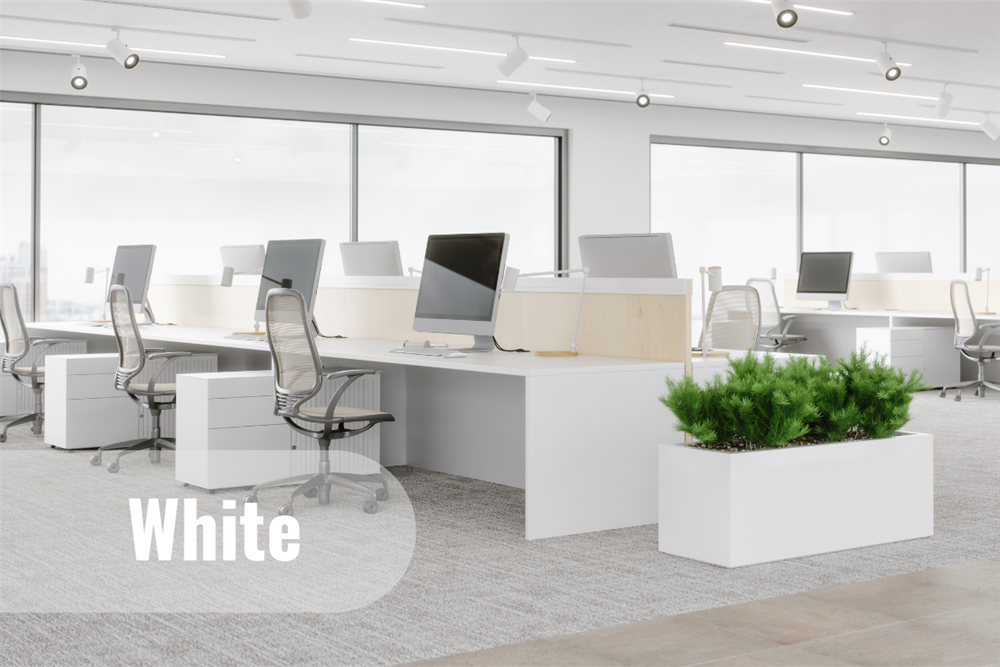
White: Associated with purity and simplicity, white is a versatile color that creates a clean and minimalistic workspace. It enhances clarity and promotes a sense of openness and spaciousness. White can be used as the primary color or combined with other hues to create a fresh and modern look.
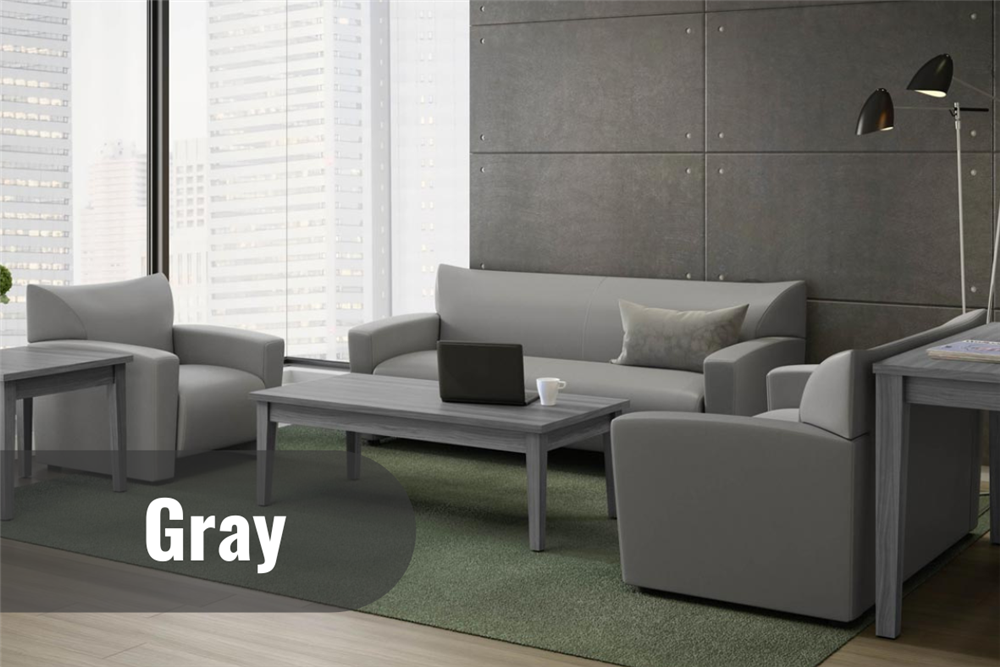
Gray: A neutral and timeless color, gray offers a sense of stability and balance. It is often used as a base color in office design, providing a backdrop for other vibrant elements. Gray can create a calm and professional atmosphere, allowing employees to focus on their tasks without distractions.
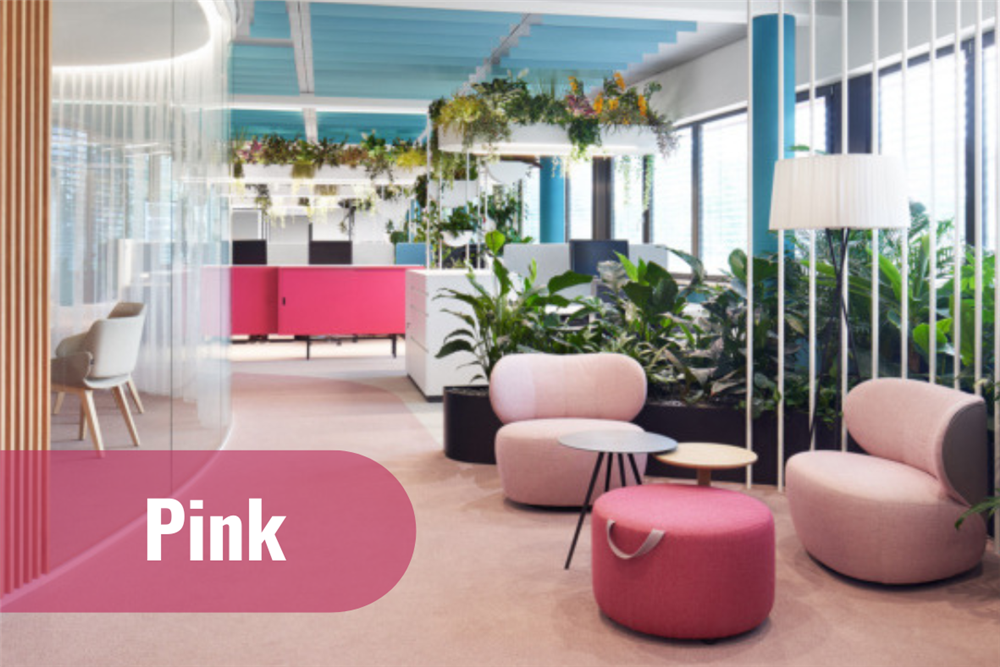
Pink: Often associated with femininity and sensitivity, pink is a color that can add a touch of warmth and playfulness to a workspace. It can create a nurturing and harmonious environment, making it ideal for collaborative areas or relaxation spaces. Consider using pink in moderation to avoid an overwhelming effect.
Color has the power to transform your office into a vibrant and inspiring workspace. By understanding the psychology of colors and strategically incorporating them into your design, you can positively impact employee mood, motivation, and productivity. Whether through carefully selected wall colors, accent pieces, or natural elements, let the colors in your office design unlock the full potential of your workforce. Embrace the vibrant world of colors and create an environment that fosters creativity, collaboration, and employee well-being.


